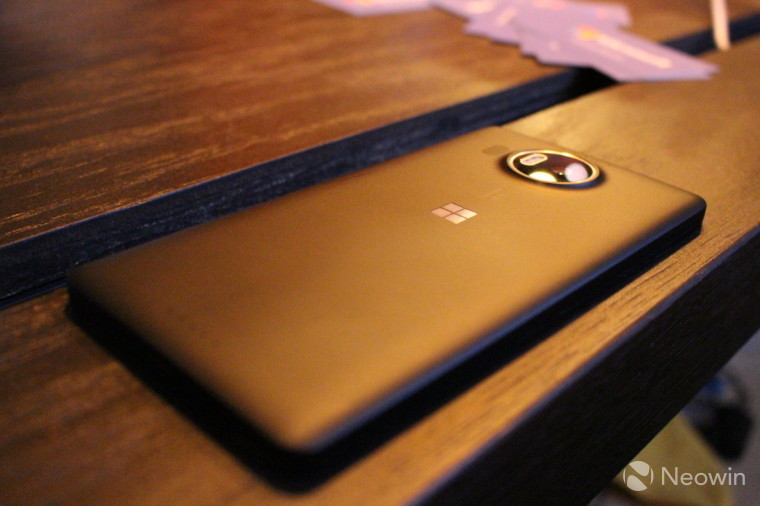Microsoft is banking a lot of its hopes on the recently announced Lumia 950 and 950 XL. After a long period of stagnation and sub-par devices, especially in the flagship segment, Microsoft finally has two competitors that it hopes will be good enough to pull customers away from their iPhones and Androids and into the Windows ecosystem. Are they good enough? Let's find out.
First up, we have the 'little guys':

And, now, the 'big leagues':

As can be seen, as far as specs are concerned, the two devices do hold their own against the competition. The screens on the two phones even sport higher resolution and more pixel dense screens than the two iPhones, making for a crisp and clear viewing experience.
As for the dimensions of the devices, they are both thin and light, and comparable to the other flagships. Connectivity is also not an issue, as 4G LTE has now become the standard for flagships and both of Microsoft's phones support the feature.
On the performance side, the two Lumias also fare very well, with the well-received Sanpdragon 808 and 810 processors, which are the same as those on the Nexus 5X and 6P, respectively.

The two things that will truly distinguish the devices, apart from the OS of course, are the iris scanner and the camera. The Lumia line has always known to be a powerhouse in the imaging department and with a 20MP sensor and a f/1.9 aperture in both phones, they are likely to be do very well, especially in low-light conditions. One qualm about the cameras performance on Lumias has always been the app, which is often slower than its counterparts. Indeed, in his hands-on with the two devices, Neowin's Managing Editor Andy Weir noticed significant lag when trying to take picture. Admittedly, the software is still pre-release so there is yet hope that Microsoft can optimise the Camera app before the phones start shipping.
This all brings us to the price. While the two phones may be as powerful and as feature packed as the other flagships, are they worth the money you're being asked to pay? That is obviously a very personal question and answers will vary but it is also the one place where Microsoft might have a hard time. Of course, they are very well priced compared to the iPhone 6S and 6S Plus costing $100 less than the comparable model but, with the recently released Nexus 5X and 6P also on the horizon, these devices become a much tougher sell for Microsoft.
Both the Nexus 5X and the 6P almost entirely match the Lumia 950 and 950 XL spec for spec, respectively, and yet cost $150 or more less. While the camera on the Lumias is likely to be better, it remains to be seen if features like wireless charging and the iris scanner which are missing on this year's Nexus line will be enough to pull customers away from Google and into Microsoft's lap.

















70 Comments - Add comment